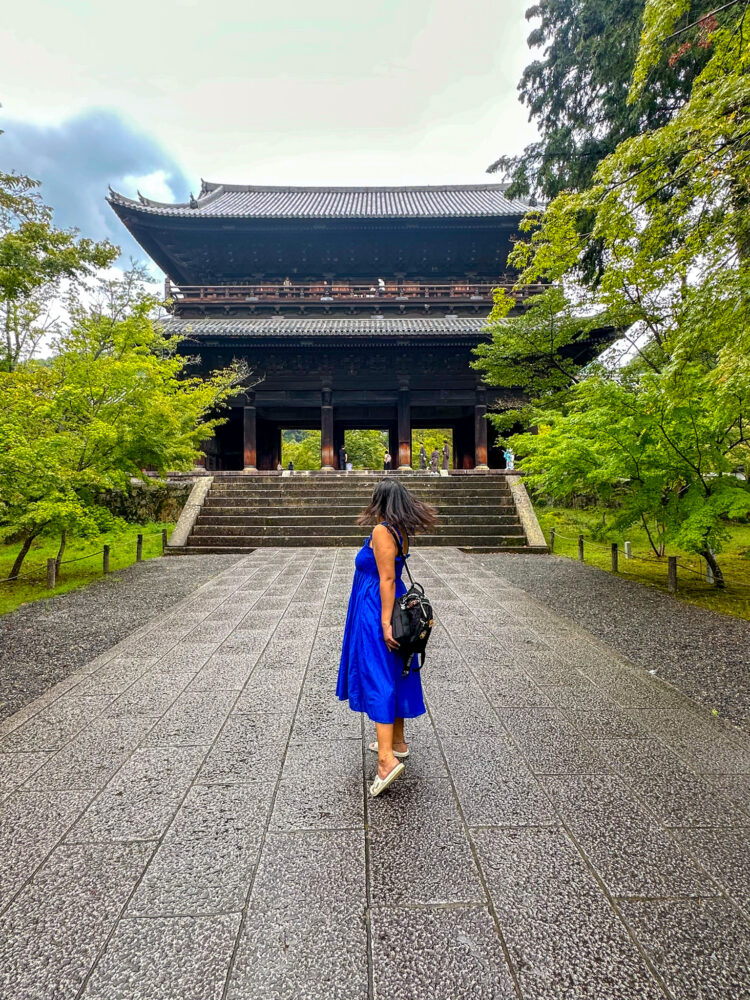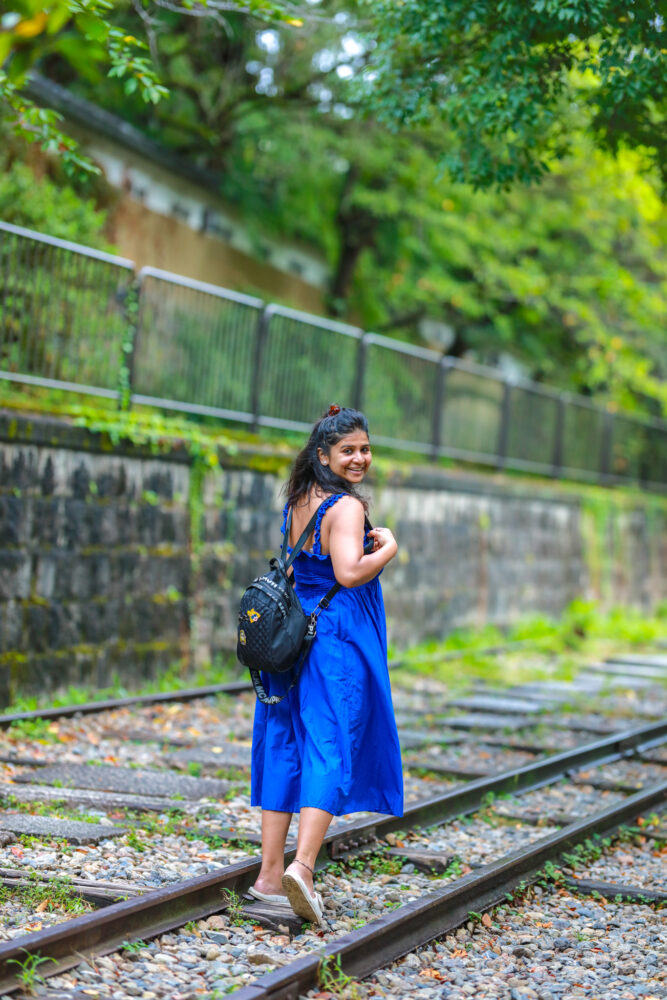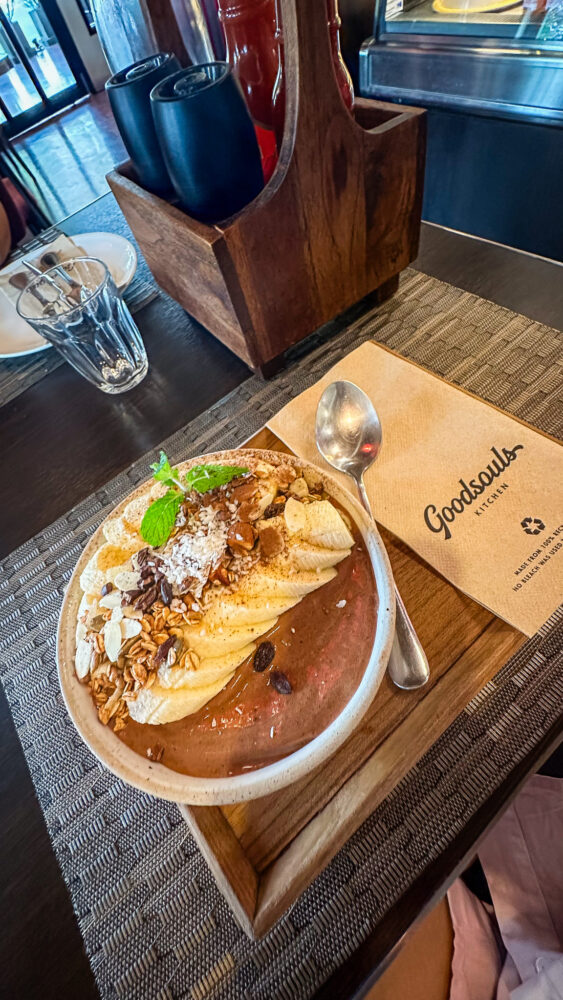Kyoto 3 days itinerary
Embark on a three-day journey through Kyoto, a city where ancient traditions blend seamlessly with modernity. Whether you’re arriving from Tokyo or Osaka, Kyoto unfolds as a tapestry of cultural richness and natural beauty. This guide will navigate you through planning your visit, accommodations, must-see attractions, and unique experiences, including the delightful tradition of kimono rental.
Reaching Kyoto
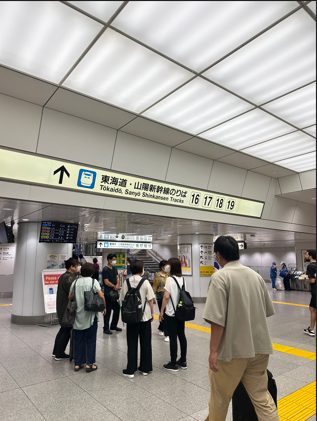
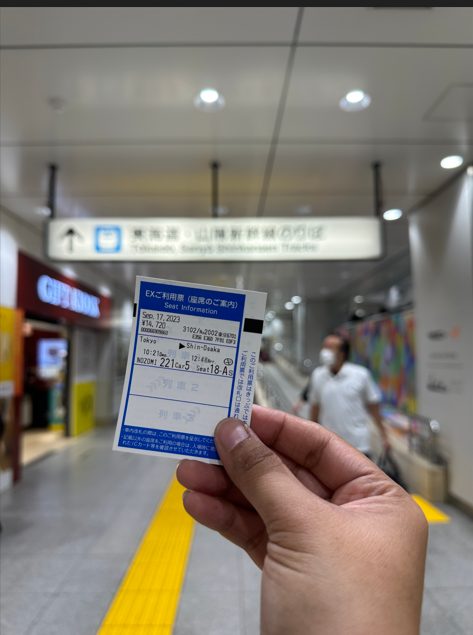
- From Tokyo:
Traveling from Tokyo to Kyoto is both convenient and scenic, offering a glimpse into Japan’s efficient transportation system. The most popular method is the Shinkansen, Japan’s high-speed bullet train. Departing from Tokyo Station, you have several Shinkansen options, including the Nozomi, Hikari, and Kodama trains, with the Nozomi being the fastest, reaching Kyoto in about 2 hours and 20 minutes. The journey is not just about speed; it’s a chance to enjoy comfortable seating, impeccable service, and picturesque views of the Japanese countryside, including a distant view of Mount Fuji on clear days. For those on a budget, overnight buses are an alternative, though they take longer, usually about 6-8 hours. These buses range from standard to more luxurious options with amenities like reclining seats and privacy curtains.
- From Osaka:
Osaka, being closer to Kyoto, offers a quicker transit, ideal for day trips or short stays. The fastest route is via the JR Tokaido-Sanyo Shinkansen from Shin-Osaka Station to Kyoto Station, taking about 15 minutes. For a more economical option, consider the JR Special Rapid Service or the Hankyu Kyoto Line. These local trains take about 30-45 minutes, offering a more leisurely pace to observe the urban landscape transitioning into the historical ambience of Kyoto.
For those staying in central Osaka, the Keihan Main Line is a great choice, especially if you’re staying near the Keihan Line or planning to visit eastern Kyoto. The trip takes about 50-70 minutes, depending on the train service, and allows you to disembark at stations close to popular destinations like Gion and Kiyomizu-dera.
- Additional Tips:
JR Rail Pass: For visitors traveling from Tokyo and planning to explore more of Japan, the Japan Rail Pass offers unlimited travel on most JR trains nationwide and can be a cost-effective option.
Luggage Service: To make your journey more comfortable, consider using a luggage forwarding service, allowing you to travel hands-free.
Seat Reservations: On the Shinkansen, it’s advisable to reserve your seat in advance, especially during peak travel times like holidays and weekends.
When to Plan Your Visit
- Spring (Late March to April):
Spring, from late March to April, is ideal for experiencing Kyoto’s cherry blossoms. This period is highlighted by hanami (flower viewing) parties, especially in places like Maruyama Park and the Philosopher’s Path. Cultural events such as the Higashiyama Hanatouro, with its lantern-lit streets, and the Miyako Odori, showcasing traditional Geisha performances, add to the season’s allure.
- Fall (November):
November’s autumn foliage is another perfect time to visit. Kyoto’s gardens and temples, like Tofukuji and Eikando, are transformed into vibrant landscapes. The season is also marked by cultural festivities, including the Jidai Matsuri, featuring a historic costume parade, and the unique Kurama Fire Festival.
Accommodation options in Kyoto:
- Budget friendly
- Mitsuki kyoto
- Guesthouse kyoto compass
- Guesthouse Egawa
- Gallery Nozawa inn
- Mid range
- Ryokan Tori
- Guesthouse Hana Nishijin
- Luxury
- Kyomachiya suite Rikyu
- Yado Kiramachi
- Kyonoyado Gekkaon
- Ryokan Mugen
Day 1
Philosopher’s path: The Philosopher’s Path is a charming stone walkway located in the northern area of Kyoto’s Higashiyama district. This path meanders alongside a canal, beautifully lined by hundreds of cherry trees. In early April, these trees burst into vibrant hues, transforming the path into one of Kyoto’s prime spots for hanami (cherry blossom viewing). Stretching for about two kilometers, the journey along this path starts near Ginkakuji (Silver Pavilion) and concludes in the Nanzenji neighborhood. The path is famously associated with Nishida Kitaro, a renowned Japanese philosopher, who is believed to have used this route for meditation during his daily walks to Kyoto University.
Timings: There are no particular timings Location: Sakyo Ward, Kyoto, Japan Getting there: The Philosopher’s Path stretches between Ginkakuji and the Nanzenji neighborhood, situated just a brief 5 to 10-minute stroll north of the primary temple structures of Nanzenji.
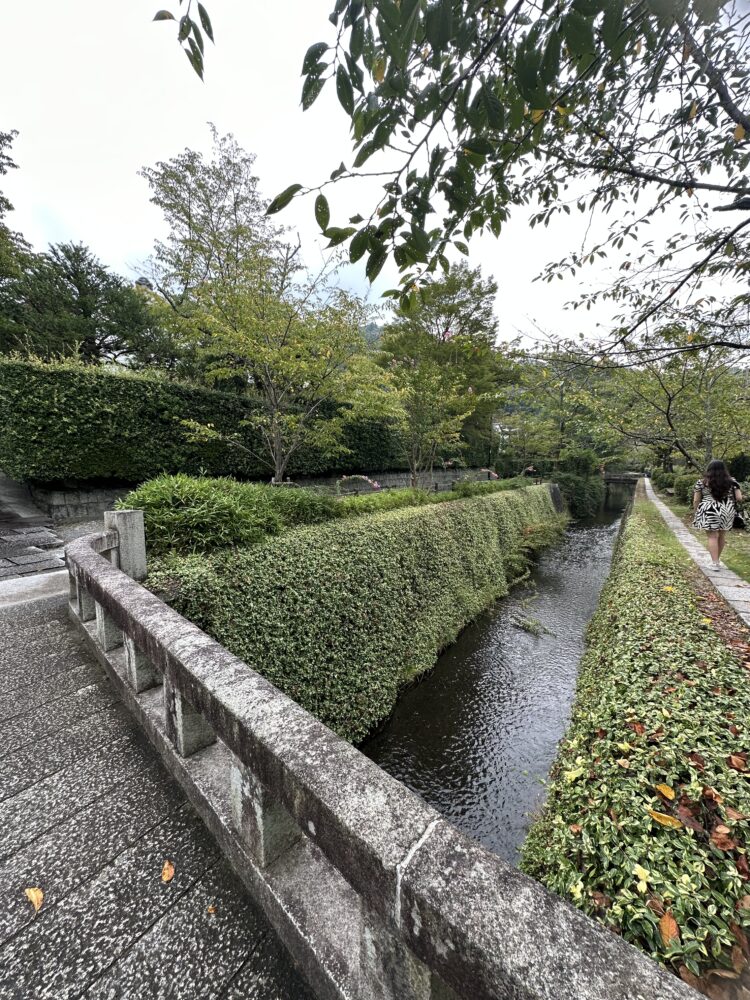
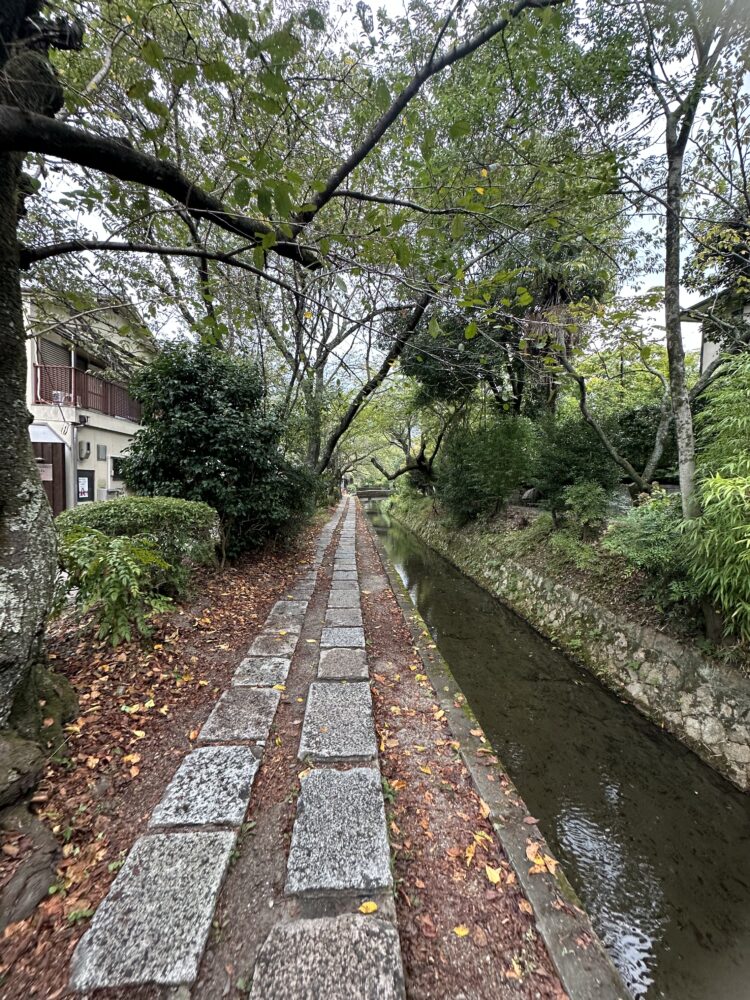
Philosopher’s path:
The Philosopher’s Path is a charming stone walkway located in the northern area of Kyoto’s Higashiyama district. This path meanders alongside a canal, beautifully lined by hundreds of cherry trees. In early April, these trees burst into vibrant hues, transforming the path into one of Kyoto’s prime spots for hanami (cherry blossom viewing). Stretching for about two kilometers, the journey along this path starts near Ginkakuji (Silver Pavilion) and concludes in the Nanzenji neighborhood. The path is famously associated with Nishida Kitaro, a renowned Japanese philosopher, who is believed to have used this route for meditation during his daily walks to Kyoto University.
Timings: There are no particular timings
Location: Sakyo Ward, Kyoto, Japan
Getting there: The Philosopher’s Path stretches between Ginkakuji and the Nanzenji neighborhood, situated just a brief 5 to 10-minute stroll north of the primary temple structures of Nanzenji
Nanzenji temple:
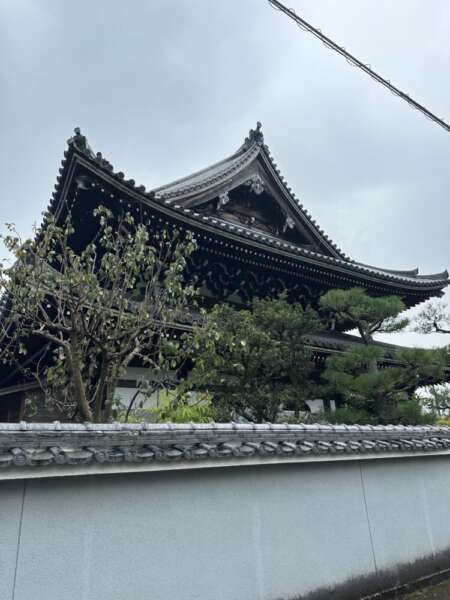 Nanzenji Temple, set at the foot of the wooded Higashiyama mountains in Kyoto, ranks as a key Zen temple in Japan. It serves as the principal temple for a branch of the Rinzai sect of Japanese Zen Buddhism. The temple’s extensive grounds are further expanded by the inclusion of several sub temples, adding to the already expansive complex of temple buildings. The entry fee is 600 Yen.
Nanzenji Temple, set at the foot of the wooded Higashiyama mountains in Kyoto, ranks as a key Zen temple in Japan. It serves as the principal temple for a branch of the Rinzai sect of Japanese Zen Buddhism. The temple’s extensive grounds are further expanded by the inclusion of several sub temples, adding to the already expansive complex of temple buildings. The entry fee is 600 Yen.
Timings: The timings to visit this all temple is between 8:40 to 5 and is closed from 28th December to 1st January.
Location: 86 Nanzenji Fukuchicho, Sakyo Ward, Kyoto, 606-8435, Japan
Getting there: Nanzenji Temple is a 5-10 minute walk from Keage Station on the Tozai Subway Line, which is about 20 minutes and 260 yen from Kyoto Station. Alternatively, it’s a similar distance from the Nanzenji-Eikando-michi bus stop, accessible by the Kyoto City Bus number 5 in about 35 minutes for 230 yen from Kyoto Station. The temple is also close to the southern end of the Philosopher’s Path, with Ginkakuji Temple at the northern end.
#KeageIncline: Ascended the scenic Keage Incline, revealing Kyoto’s natural beauty with urban sophistication.
Yasaka shrine:
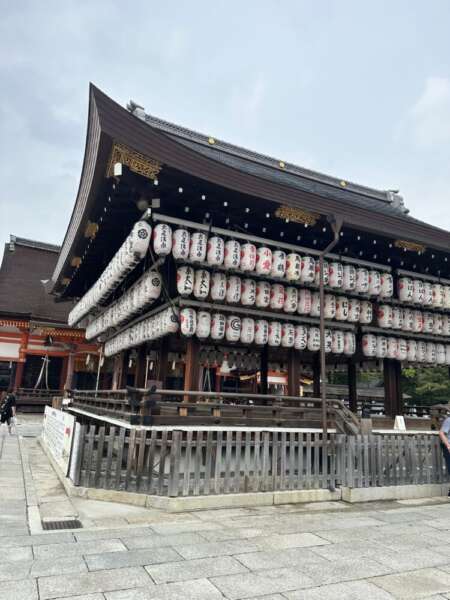 Yasaka Shrine, often referred to as Gion Shrine, stands as one of Kyoto’s most renowned shrines. This shrine features a unique architectural design where the honden (inner sanctuary) and haiden (offering hall) are combined into one structure. In front of the main hall is a dance stage, adorned with hundreds of lanterns that are illuminated in the evenings. Each lantern displays the name of a sponsoring local business, symbolizing their donation. Yasaka Shrine is particularly famous for hosting the Gion Matsuri, a prominent summer festival held annually in July.
Yasaka Shrine, often referred to as Gion Shrine, stands as one of Kyoto’s most renowned shrines. This shrine features a unique architectural design where the honden (inner sanctuary) and haiden (offering hall) are combined into one structure. In front of the main hall is a dance stage, adorned with hundreds of lanterns that are illuminated in the evenings. Each lantern displays the name of a sponsoring local business, symbolizing their donation. Yasaka Shrine is particularly famous for hosting the Gion Matsuri, a prominent summer festival held annually in July.
Timings: The timings are not specific, you can visit anytime.
Location: 625 Gionmachi Kitagawa, Higashiyama Ward, Kyoto, 605-0073, Japan
Getting there: Yasaka Shrine is accessible from Kyoto Station by a roughly 20-minute bus ride. One can take bus number 206 and alight at the Gion bus stop. The nearest train stations are Gion Shijo Station on the Keihan Line and Kawaramachi Station on the Hankyu Line. Additionally, for those who enjoy walking, a highly recommended route is a 20-30 minute stroll from Kiyomizudera through the quaint lanes of the Higashiyama District, leading directly to Yasaka Shrine.
Kenninji shrine:
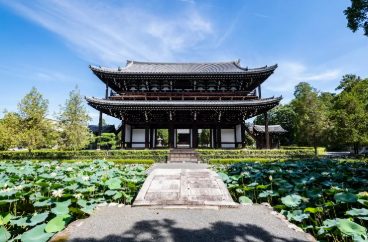
Kenninji, a Zen temple, is situated just south of Kyoto’s well-known Gion entertainment district. The temple complex is composed of multiple large halls and gates, surrounded by about two dozen smaller structures. While the majority of Kenninji’s grounds are accessible to the public without charge, there is an entrance fee required to access the main buildings at the heart of the complex. Upon payment, visitors have the opportunity to explore the interiors of these central buildings and take in the beauty of various gravel and moss gardens. The admission fee is 600 yen.
Timings: The timings to visit this place is from 10 am to 5 pm.
Location: Japan, 〒605-0811 Kyoto, Higashiyama Ward, Komatsucho, 584
Getting there: Kenninji Temple is situated at the southern end of Hanamikoji Street in the Gion district. The nearest train stations are Gion Shijo on the Keihan Line and Kyoto-Kawaramachi on the Hankyu Line, both approximately a ten-minute walk from the temple.
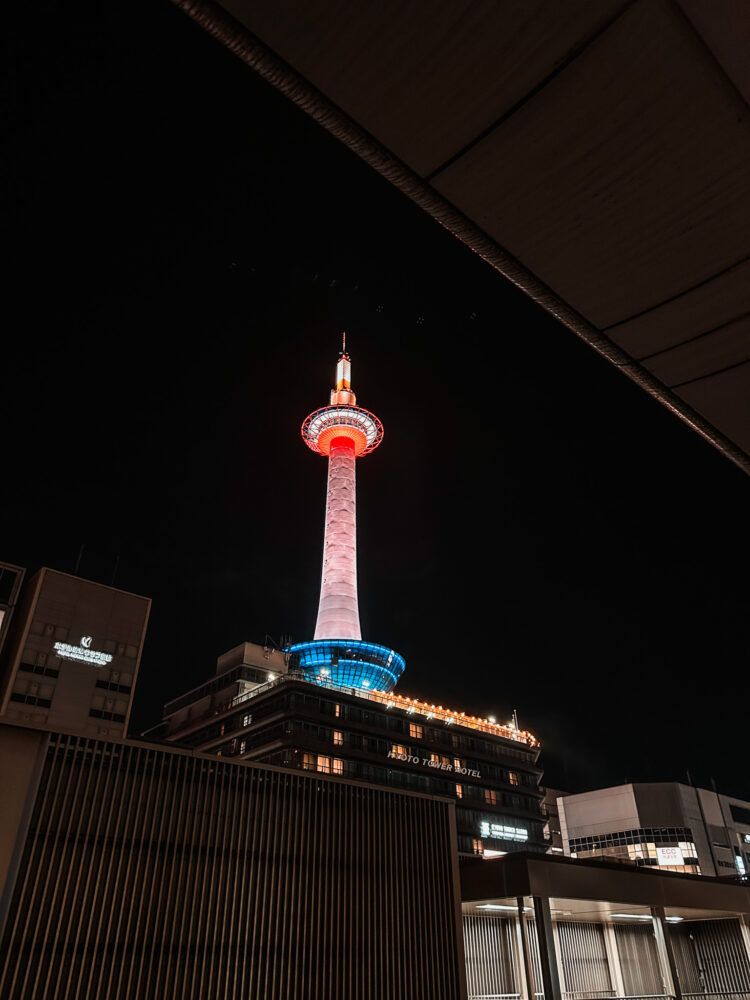
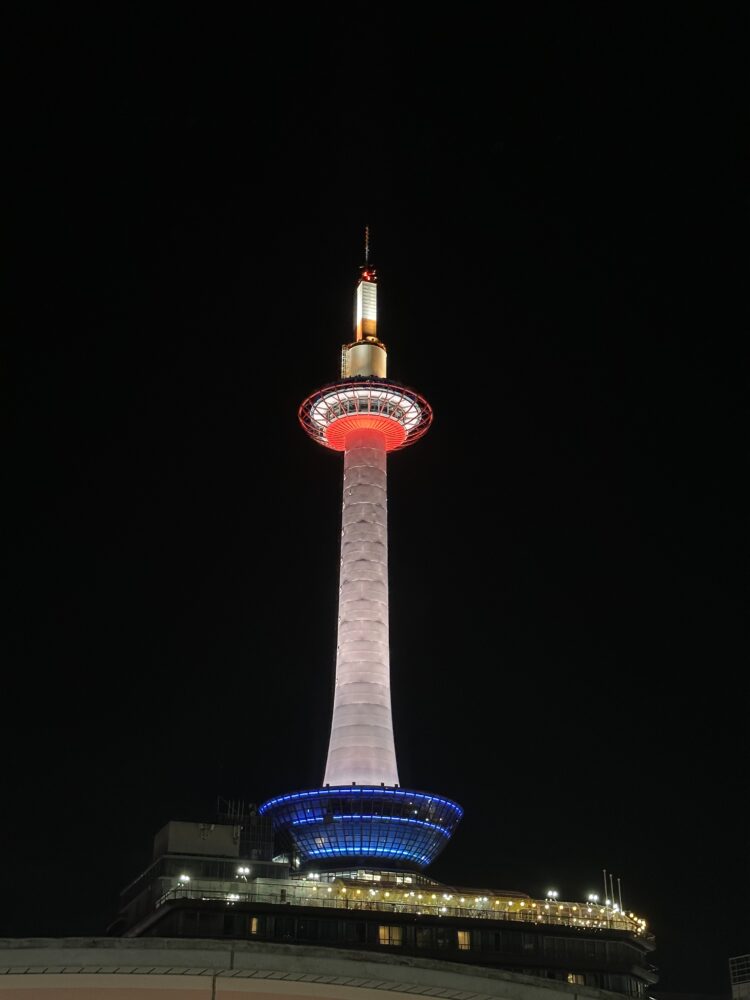
Kyoto tower: Kyoto Tower, towering at a height of 131 meters and situated opposite Kyoto Station, is the tallest building in Kyoto. This modern landmark, contrasting the city’s renowned historical temples and shrines, was completed in 1964. This was a significant year, marking the inauguration of the Shinkansen and the Tokyo Olympics. The tower features an observation deck 100 meters above the ground, offering panoramic views of Kyoto and, on clear days, extending as far as Osaka. The structure is mounted on a conventional commercial building, which houses a variety of souvenir shops, eateries, and a hotel. The entrance fee to this over the top place is 800 Yen.
Timings: The timings are from 10:30 to 10 pm and there are no closing days.
Location: 721-1 Higashishiokojicho, Shimogyo Ward, Kyoto, 600-8216, Japan
Getting there: It is very near by to the Kyoto station as this sightseeing place is situated in north of the Kyoto station.
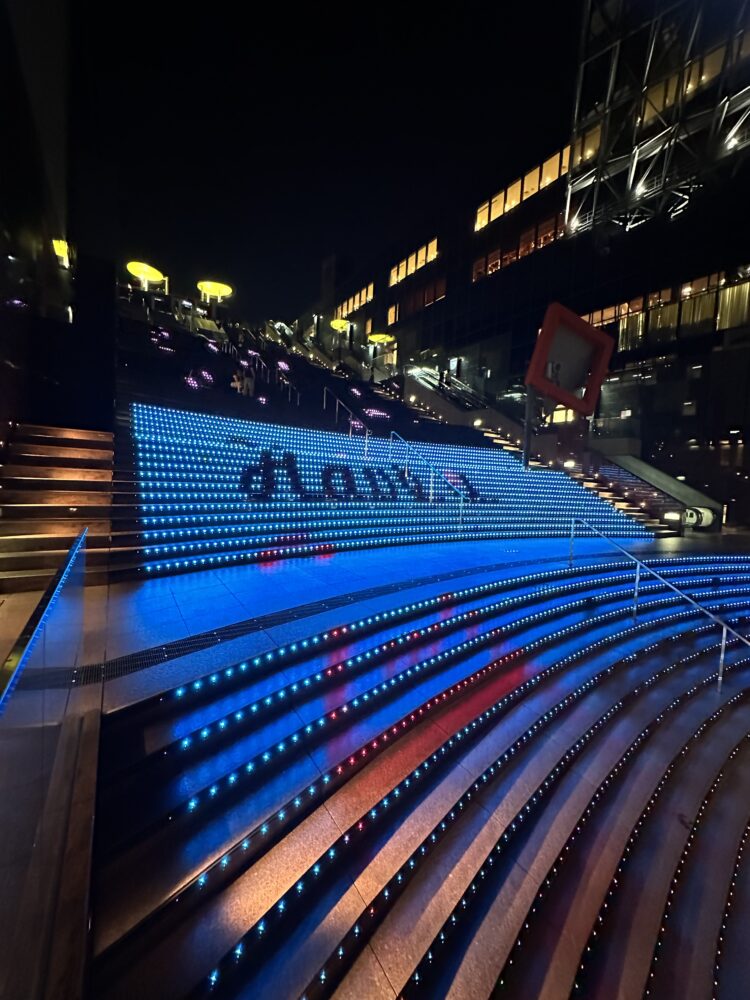
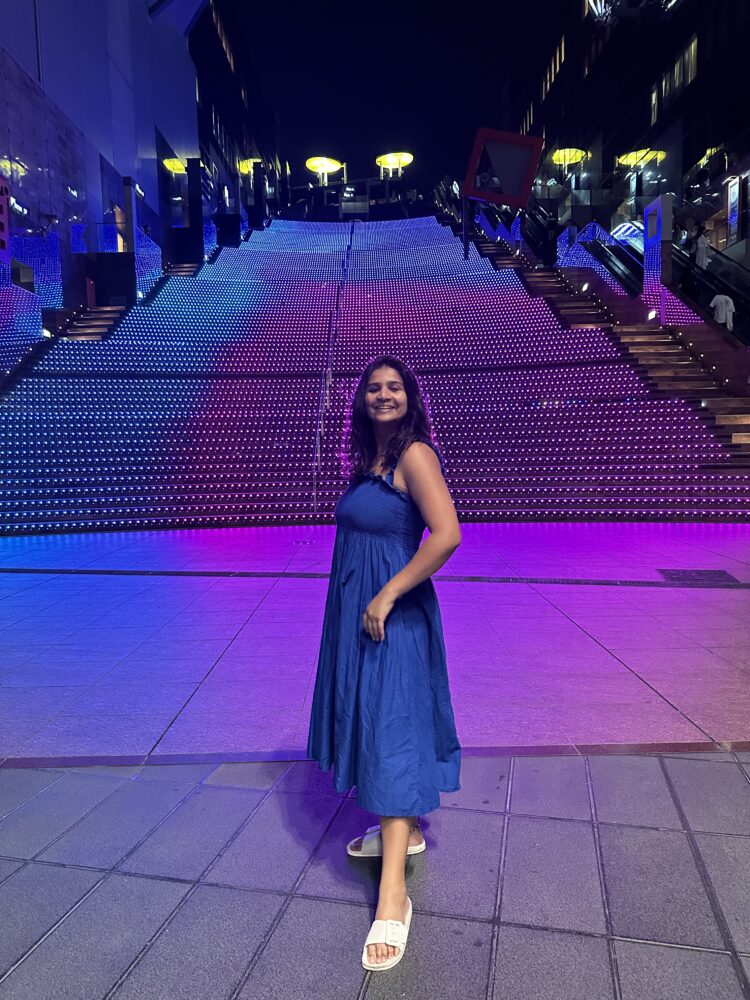
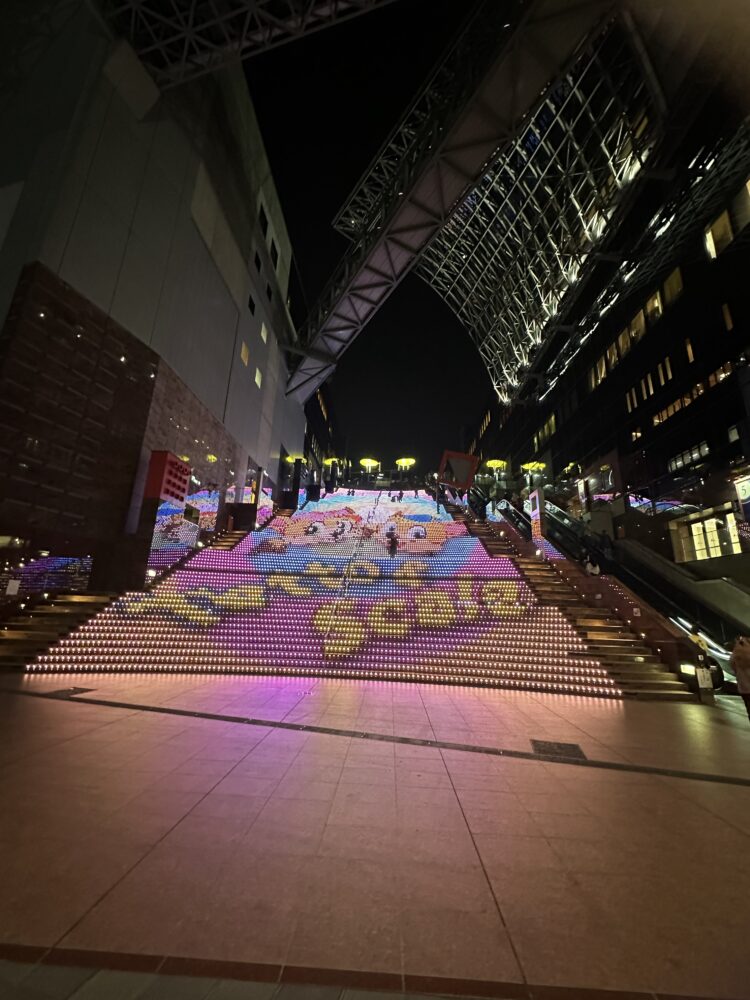
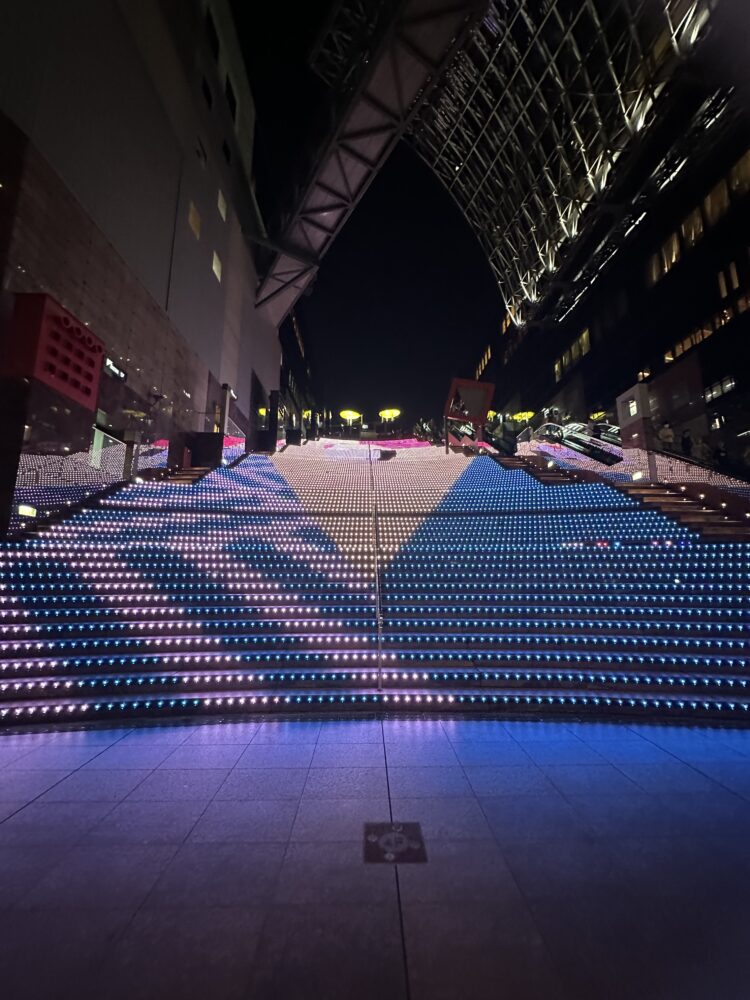
Kyoto station: Constructed to commemorate the 1200th anniversary of Kyoto’s establishment as the capital, Kyoto Station’s building was unveiled in 1997. It presents a stark contrast to the conventional perception of Kyoto as a hub of traditional Japanese culture, especially among international visitors. The building’s avant-garde architecture, a brainchild of the Japanese architect Hara Hiroshi, embodies an attempt to blend historical Kyoto with contemporary design elements. The primary feature of the station is its expansive main hall, known as the Matrix, which showcases a roof with visible steel beams. This design not only mirrors the station’s own architecture but also symbolizes the grid pattern of Kyoto’s streets.
Timings: There are no particular timings to visit this place.
Location: Higashishiokoji Kamadonocho, Shimogyo Ward, Kyoto, Japan
Getting there: As the primary railway hub in the city, Kyoto Station accommodates all train services from Japan Railways, including the Shinkansen, as well as those from Kintetsu Railway and the Karasuma Subway Line. In front of the station building, there’s also a significant bus terminal.
Day 2:
Arashiyama:
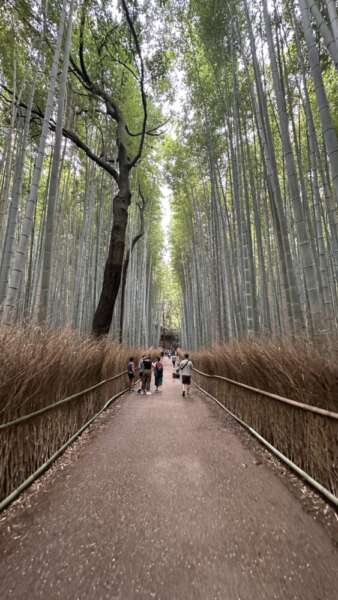
Arashiyama, located in Kyoto’s western outskirts, is a charming and tourist-friendly area. It has been a favored spot since the Heian Era (794-1185), known for its scenic beauty which attracted the ancient nobility. The district is especially beloved during the cherry blossom and autumn foliage seasons. At the heart of Arashiyama is the iconic Togetsukyo Bridge. Surrounding this landmark are numerous quaint shops, eateries, and attractions including the renowned Tenryuji Temple, the famous bamboo groves of Arashiyama, and the option to rent pleasure boats on the river.
Timings: There are no particular timings to visit this place.
Location: Ukyo Ward, Kyoto, 616-0007, Japan
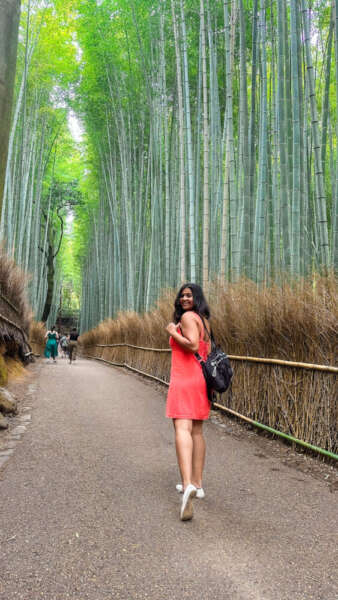
Getting there: The quickest route from Kyoto Station to Arashiyama is via the JR Sagano (or Sanin) Line, with a 15-minute journey to Saga-Arashiyama Station costing 240 yen, followed by a short 5-10 minute walk to the heart of Arashiyama. Alternatively, the Keifuku Arashiyama Line links Arashiyama to Omiya Station in central Kyoto at Shijo Street (20 minutes, 250 yen) and also connects to Kitanohakubaicho Station near Kyoto’s northern temples like Kinkakuji, with a transfer required en route. The Keifuku Arashiyama Station is centrally located in Arashiyama. From central Kyoto’s Kyoto-Kawaramachi or Karasuma Stations, the Hankyu Main Line goes to Katsura Station; switch there to the Hankyu Arashiyama Line for a 20-minute, 240 yen trip to Hankyu Arashiyama Station, situated a brief walk across the river from central Arashiyama. While driving isn’t recommended due to congestion and parking challenges, those with cars visiting Takao can use the Arashiyama Takao Parkway toll road (1200 yen one way) for access.
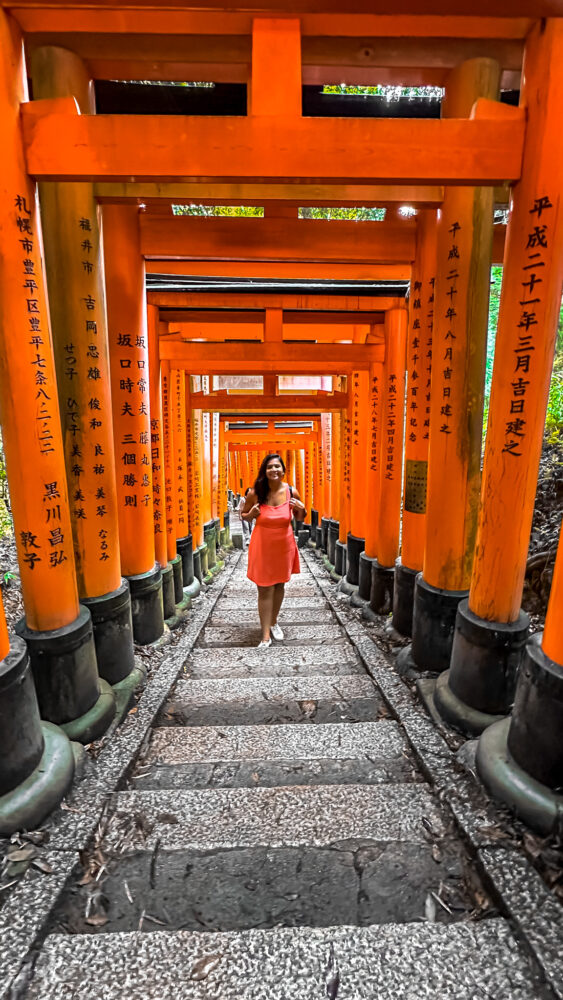
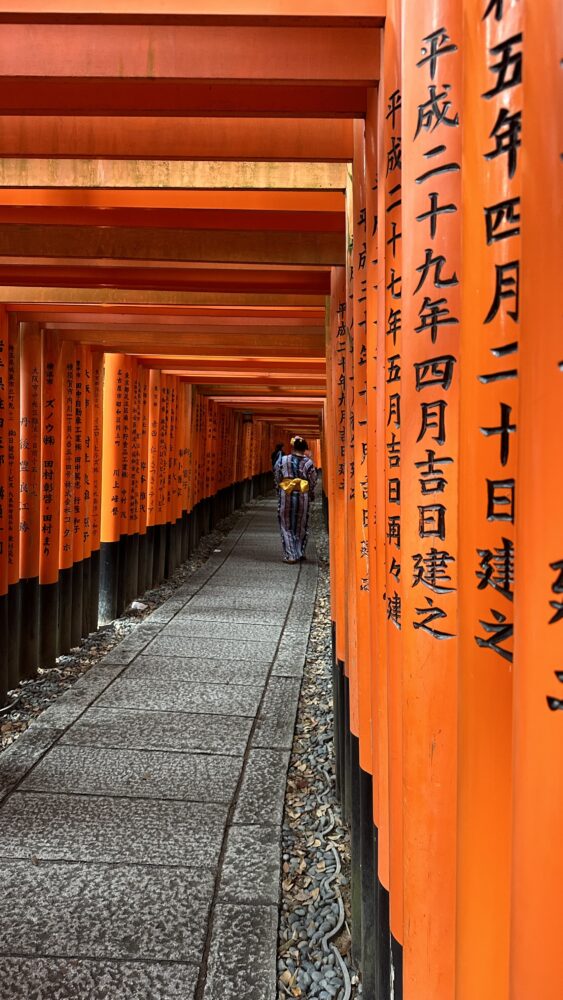
Fushimi Inari shrine: Fushimi Inari Shrine, located in the southern part of Kyoto, is a significant Shinto shrine known for its thousands of striking vermilion torii gates. These gates cover a series of paths behind the shrine’s main structures, winding through the forested area of the revered Mount Inari, which is 233 meters high and part of the shrine’s territory. The shrine’s history is ancient, having been established before Kyoto became the capital in 794.
Timings: There is no mentioned timings, you can visit anytime.
Location: 68 Fukakusa Yabunouchicho, Fushimi Ward, Kyoto, 612-0882, Japan
Getting there: Fushimi Inari Shrine is situated right next to JR Inari Station, which is the second stop from Kyoto Station on the JR Nara Line. The journey takes about 5 minutes and costs 150 yen for a one-way ticket, with the note that rapid trains do not stop at this station. Additionally, the shrine is a brief walk away from Fushimi Inari Station on the Keihan Main Line.
Nishiki market:
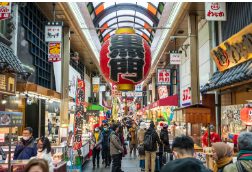
Nishiki Market boasts a welcoming yet bustling vibe, perfect for those eager to delve into Kyoto’s renowned culinary scene. The market features a range of shops, from tiny, compact stalls to more expansive two-story establishments. Each store typically focuses on a specific kind of food, with the majority of items on offer being locally sourced and produced. Often referred to as “Kyoto’s Kitchen,” this vibrant commercial market is a hub for food-related items, including fresh seafood, vegetables, knives, and cookware. It’s an ideal spot for discovering seasonal delicacies and Kyoto’s unique food items such as traditional Japanese sweets, pickles, dried seafood, and sushi.The entry to this place is free.
Timings: The timing is 10 am to 6 pm and the closing days vary but usually its on Wednesdays or Sundays.
Location: Nakagyo Ward, Kyoto, 604-8055, Japan
Getting there: Nishiki Market street is conveniently located just one block north and parallel to Shijo Avenue. It’s a brief, less than five-minute walk from Shijo Station on the Karasuma Subway Line, which is a 4-minute, 220 yen ride from Kyoto Station. Alternatively, the market is also accessible from either Karasuma or Kyoto-Kawaramachi stations on the Hankyu Line.
Day 3:
Kimono rental: Step into the elegance of Kyoto with OOKINI KIMONO! 🌸✨ Your journey into tradition begins near Ninenzaka, where at OOKINI, you can rent a stunning kimono starting from just 3000 yen(1685 INR), and that includes a beautiful hair styling at an additional 1000 yen (562 INR).
With a range of options featuring various patterns and colors, you can elevate your experience with premium choices priced between 4000-5000 yen (2245-2810 INR). Planning your day is a breeze as OOKINI KIMONO opens its doors at 8 AM and welcomes you until 6 PM. Return timings are between 5-5:30 PM, giving you plenty of time to flaunt your kimono throughout Kyoto’s picturesque streets. No reservations needed! Whether you’re exploring a tourist spot, need luggage storage, or prefer a hassle-free experience, OOKINI KIMONO has got you covered.
The dressing process takes about 30 minutes to 1 hour, with an additional 20-30 minutes for a genuine hair set. Please note that actual times may vary based on individual hair conditions and stylist techniques.
Location: Hachisaka Building 3rd Floor, 540-3 Gionmachi Minamigawa, Higashiyama Ward, Kyoto, 605-0074, Japan
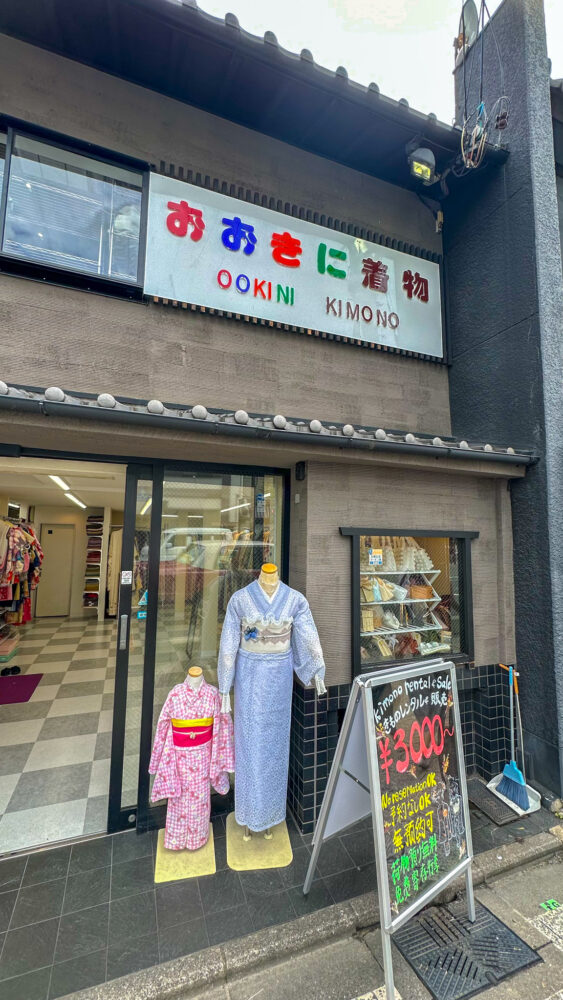


Ninenzaka and Sannenzaka: Wandered through the charming lanes, where every cobblestone echoed Kyoto’s timeless tales, a walk through history
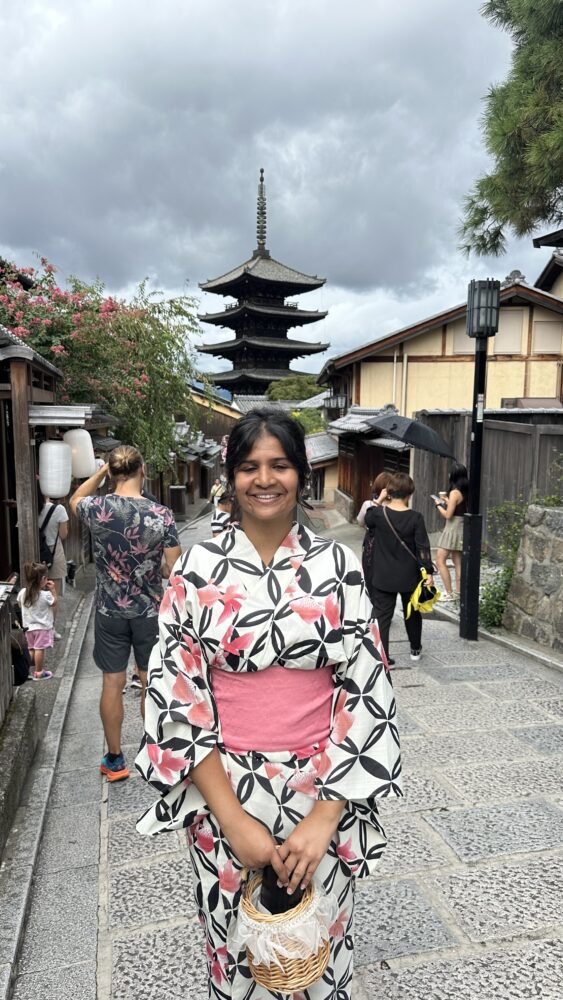
Gion: Gion, the historic area is replete with shops, restaurants, and ochaya, where geiko and maiko offer entertainment. Gion is a magnet for visitors due to its abundance of traditional wooden machiya merchant houses. If you are in Kyoto in April, check out the Miyako Odori with daily dance performances by maiko. While dining here can be quite costly, the street and its adjacent alleys are adorned with well-preserved machiya houses, many now serving as restaurants.These establishments offer a range of culinary experiences, from the exquisite Kyoto-style kaiseki ryori (Japanese haute cuisine) to a variety of local and international dishes. The entry charges here are 5500 yen.
Timings: There are daily 2 shows and the timings are at 6pm and 8pm.
Location: 570-2 Gionmachi Minamigawa, Higashiyama Ward, Kyoto, 605-0074, Japan
Getting there: To get to Gion from Kyoto Station, one can take bus number 206, which takes about 20 minutes and costs 230 yen, disembarking at the Gion bus stop. Another option is to use the train, with the nearest stations being Gion-Shijo on the Keihan Line and Kyoto-Kawaramachi on the Hankyu Line.
Pre-Bookings and Tips:
- Pre-Bookings: For certain popular attractions and experiences, such as tea ceremonies or special temple tours, pre-booking is recommended.
- Kimono Rental: At OOKINI KIMONO, reservations are not required. The dressing process takes around 30-60 minutes, with an additional 20-30 minutes for hair styling.
- Accommodations: Booking ryokans and hotels in advance is advisable, especially during peak seasons.

